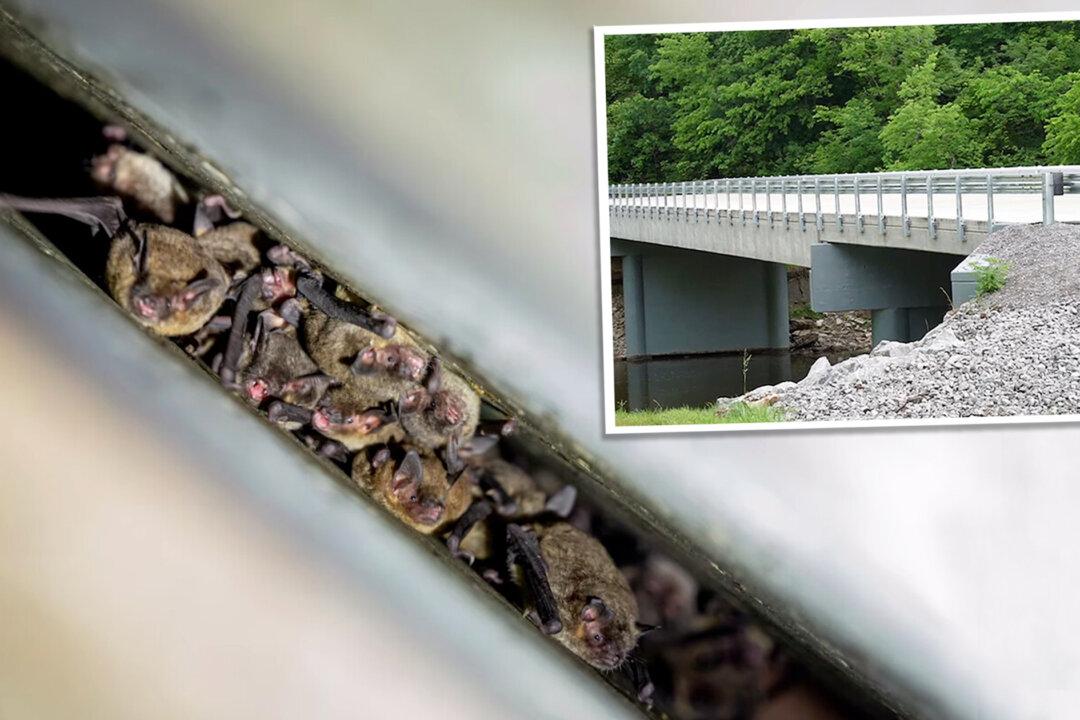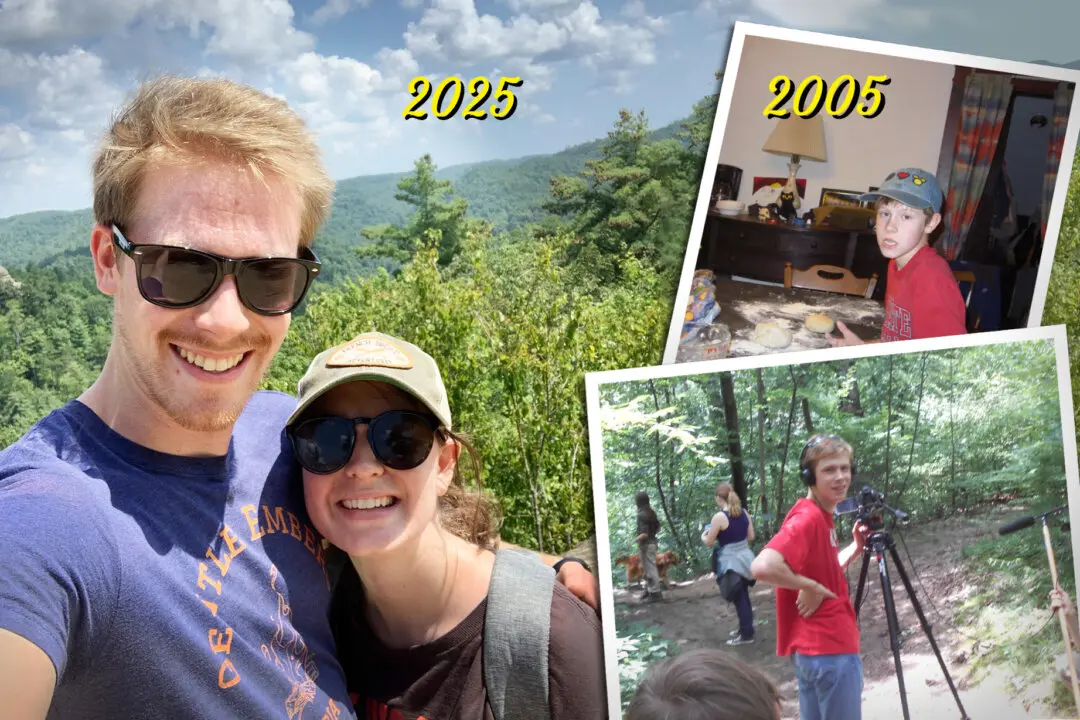A newly rebuilt bridge that doubles as a habitat for bats was completed in Kentucky—and as of August, some 1,100 endangered gray bats have moved in.
Inspection of the once-dilapidated bridge in 2018 revealed cracked, flaking concrete and rusted steel; but also that the infrastructure had become a roosting ground for thousands of gray bats.






